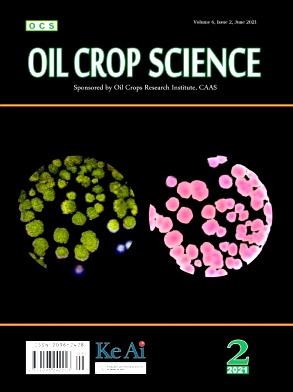Breeding and biotechnological efforts in Jatropha curcas L. for sustainable yields
Abstract
Jatropha is a non-edible, important bioenergy plant, which can grow in marginalized land. The seeds possess about 36% oil and this would be converted into biodiesel or biojet-fuel. Jatropha provides an option for sustainable feed and fuel production due to its inherent qualities including hardy nature, drought tolerance and surviving with limited amount of water, tolerance to unfavorable conditions and excessive moisture. However, heterozygosity, low productivity and poor understanding of its genome are the major impediments to elite line development. Further, classical breeding and advanced technological investments remain limited owing to long juvenile phase and breeding cycles. Scientific technologies that lead to identification of elite genotypes and development of high yielding elite Jatropha lines and effective methods of detoxification of seeds needs immediate priority. Efficient tissue culture system, doubled haploids (DH) and genomic tools are increasingly made available to improve the seed yield and its oil quantity through the development of geminivirus disease resistant lines. The application of advanced, sequencing technologies has presented a repertoire of genomic information for this important yet orphan crop. In the present investigation, we highlight the achievements made in Jatropha towards development of high yielding, virus resistant elite lines and hybrids with yield potential ranging from 3 to 5 tons per hectare in a year, which is a first ever report in the world. We also developed potential biotechnological tools such as genetic transformation, genome editing and next generation genomics tools including linkage maps and QTLs for accelerating breeding efforts through marker assisted selection. Because of our concerted and continuous efforts during the past 15 years, we have overcome all the obstacles and developed high yielding, disease resistant hybrids/lines, advanced cultivation technologies with thorough knowledge on Agronomy of the Jatropha crop. The Jatropha cultivation technology developed for the first time in the world, could open up new avenues for higher yield productivity of commercial viability.

 求助内容:
求助内容: 应助结果提醒方式:
应助结果提醒方式:


